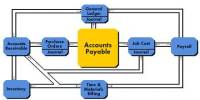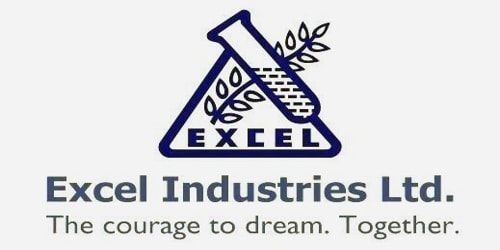The internal rate of return, or IRR, is the interest rate where the net present value of all cash flows from a project or an investment equal zero. It is that method of capital budgeting in which we can calculate IRR and compare it with a cut off rate for selecting any project. IRR involves positive and negative cash flows. It is used to evaluate how attractive a specific investment or project happens to be.
Disadvantages of Internal Rate of Return (IRR)
(1) IRR method is difficult to understand, complications due to trial and error method. This method assumed that the earnings are reinvested at the internal rate of return for the remaining life of the project. If the average rate of return earned by the firm is not close to the internal rate of return, the profitability of the project is not justifiable.
(2) The results of the Net Present Value method and Internal Rate of Return method may differ when the projects under evaluation differ in their size, life, and timings of cash inflows. The important drawback of IRR is that it recognizes the cash inflows generated by the project are reinvested to the internal rate of the project, but NPV recognizes such cash inflows are reinvested to the cost of capital of the organization.
(3) The single discount rate ignores the varying future interpret rate. This method gives importance only to profitability but not consider the earliest recouping of capital expenditure. The reason is that sometimes the Internal Rate of Return method favors a project which comparatively requires a longer period for recouping the capital expenditure.
(4) A disadvantage of using the IRR method is that it does not account for the project size when comparing projects. When a project has some negative cash flow between other positive cash flows, the equation of the IRR method is satisfied with more than one rate of return, i.e., it reaches the trap of Multiple IRR. Cash flows are simply compared to the amount of capital outlay generating those cash flows.
(5) The IRR method only concerns itself with the projected cash flows generated by a capital injection and ignores the potential future costs that may affect profit. If you are considering an investment in trucks, for example, future fuel and maintenance costs might affect profit as fuel prices fluctuate and maintenance requirements change.
(6) If your primary need is to determine future profitability, then the IRR method is a good calculation to consider. If you’re looking to see how fast you’ll be able to recoup your capital expenditure, then the IRR is not going to provide you with the information that is needed.
















